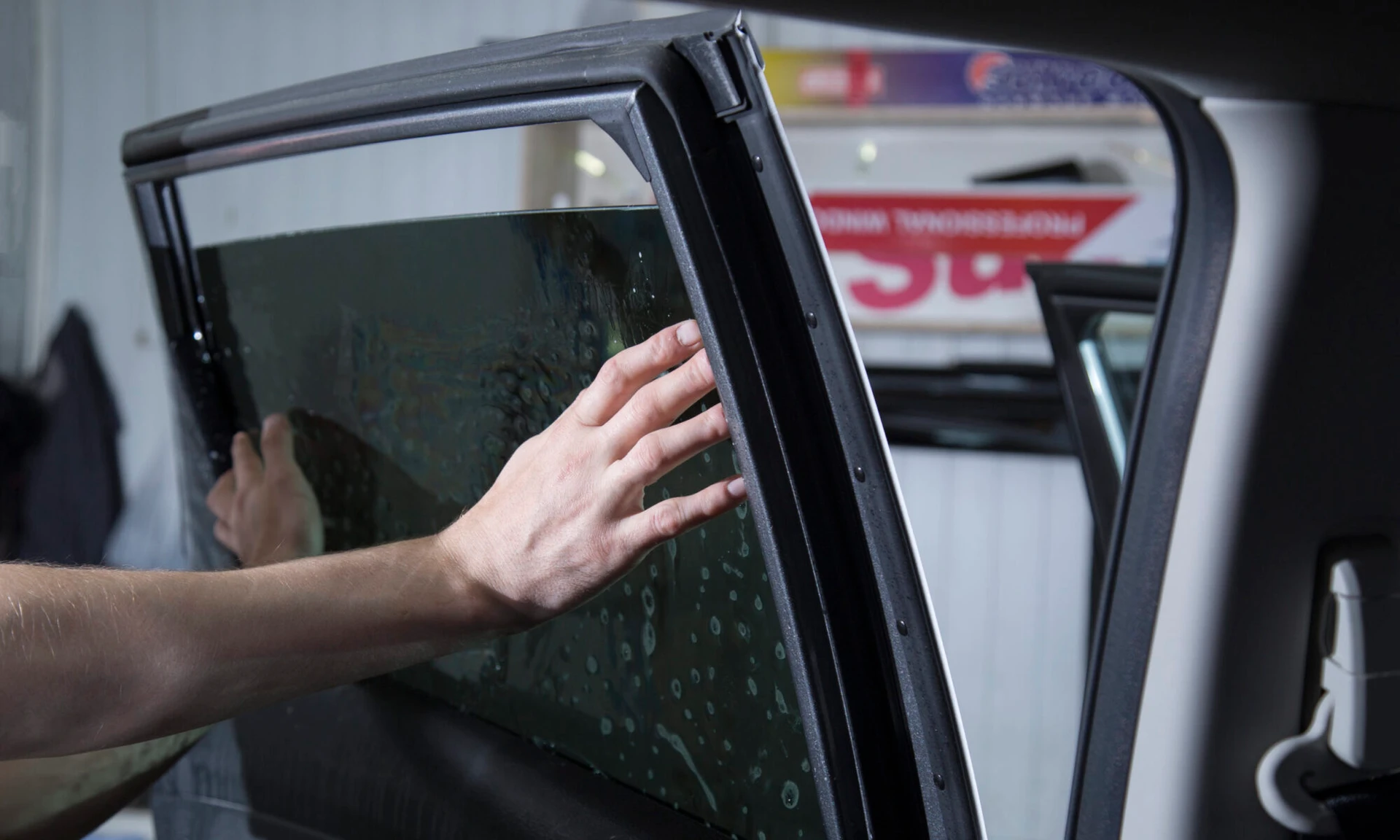The Refine of Expert Window Tinting Explained
From selecting the right film kind to the thorough preparation of windows, each action plays a critical duty in accomplishing a remarkable application. Following these initial preparations, the cautious cutting and application of the film demand precision to stay clear of imperfections.
Picking the Right Home Window Film
Choosing the right window movie includes comprehending different factors that affect both visual allure and capability. The preliminary consideration is the sort of film, which can range from colored, metalized, to ceramic films. Colored films largely provide personal privacy and visual improvement, while metalized movies show warm and UV rays, improving energy performance. Ceramic movies, although normally much more expensive, offer exceptional performance without endangering visibility.
Following, think about the film's Visible Light Transmission (VLT) portion, which determines just how much light goes into the room. A lower VLT offers higher personal privacy and warmth being rejected yet might reduce all-natural light considerably. Furthermore, the movie's solar warmth gain coefficient (SHGC) is important; a lower SHGC shows better thermal efficiency, aiding to keep interior comfort.

Preparing the Windows
When the ideal home window film has actually been picked, the following action is completely preparing the home windows for setup. This preparation is vital for attaining optimum adhesion and making sure a perfect look post-installation.
The initial task includes cleansing the windows diligently (window tinting). A high-quality glass cleaner is crucial, ideally one that is ammonia-free to stay clear of destructive any type of home window seals or tint materials. Using a lint-free fabric or paper towels, professionals need to eliminate any type of dirt, dust, or grease, paying special interest to the sides and edges where particles usually gathers

Reducing the Movie
An exact approach to cutting the film is essential for guaranteeing a perfect fit on the prepared home windows. This step calls for both skill and interest to information, as errors can lead to unattractive gaps or overlaps that compromise the visual and practical high qualities of the color.
Before reducing, the specialist ought to determine the window measurements accurately, accounting for any kind of one-of-a-kind shapes or contours. It is suggested to use top notch window movie, as this product has a tendency to be extra flexible during the reducing procedure. The movie is usually laid flat on a clean, smooth surface area, and a sharp utility knife is utilized to make certain tidy edges.
To accomplish ideal results, lots of experts use templates produced why not try these out from previous setups or use software to develop exact patterns. A common strategy involves including an additional margin to the design template, enabling for adjustments during the application phase.
Additionally, reducing the movie in a controlled setting minimizes the danger of impurities impacting the glue reference side. By sticking to these precise techniques, home window tinting professionals can ensure that the film not just fits seamlessly however additionally performs efficiently over time, enhancing both appearance and functionality.
Applying the Tint
After thoroughly cutting the film to the correct dimensions, the following step includes using the tint to the window surface. This process begins with guaranteeing that the home window is tidy and devoid of any dirt, particles, or residues that can influence bond. A customized cleaning remedy is commonly made use of, adhered to by thorough drying out with a lint-free fabric.
Once the surface area is prepared, the installer will very carefully position the color movie against the glass. It is necessary to straighten the film precisely to stay clear of misplacement, as any type of mistakes can lead to an unprofessional look. To promote this, the installer might utilize a light mist of application option on the sticky side of the movie, enabling small rearranging if necessary.
Using a squeegee, the installer will then start to push the movie onto the glass, working from the facility outwards to remove air bubbles and ensure a company bond. This technique is essential, as it guarantees a smooth and remarkable coating. Throughout the application, interest to information is vital to avoid creases or imperfections, ensuring that the tint not only boosts appearances however additionally gives the desired functionality.
Last Inspection and Care
The final examination is a critical action in the window tinting process, making certain that the installment fulfills both visual and practical standards. Throughout this phase, experts diligently check out the set up color for any type of blemishes, such as bubbles, folds, or imbalances. A thorough analysis also consists of checking the adherence of the movie to the glass, as well as its harmony and total appearance.
After the assessment, appropriate care and upkeep guidelines are supplied to the client. It is important to inform them concerning the advised timeline for cleaning up the tinted home windows, commonly recommending a delay of a minimum of thirty day after installment to enable the adhesive to treat fully. Clients should be enlightened on appropriate cleansing items and methods, stressing the evasion of ammonia-based cleaners that can damage the color.
In addition, experts must recommend consumers on the importance of normal upkeep to lengthen the life of the tint. This consists of periodic look for indicators of wear or damages and responding immediately to any type of concerns. By making certain a detailed final examination and a fantastic read providing clear care standards, home window tinting specialists enhance client satisfaction and the durability of their work.
Conclusion
The professional home window tinting process includes numerous critical steps that guarantee top quality results. Picking the appropriate movie type, preparing the windows diligently, properly cutting the film, and using it with precision are crucial for accomplishing a perfect coating. A complete last evaluation guarantees that all requirements are fulfilled, while appropriate post-installation care is important for keeping the tint's long life and performance. Complying with these procedures inevitably enhances both the aesthetic charm and capability of the colored windows.